When the air gets colder, storms gather and the evenings grow darker, it’s clear that fall is here. One of the most common fall chores is removing foliage. But what to do with it? In some gardens or garden areas it can be left, in others it is better to remove it. There’s something very pleasant about raking up fall leaves. You can do something useful with all the leaves you collect. What to do with the fall leaves? We answer this question below and give you cool ideas how to use the foliage.
What to do with the fall leaves?
Use fall leaves as mulch
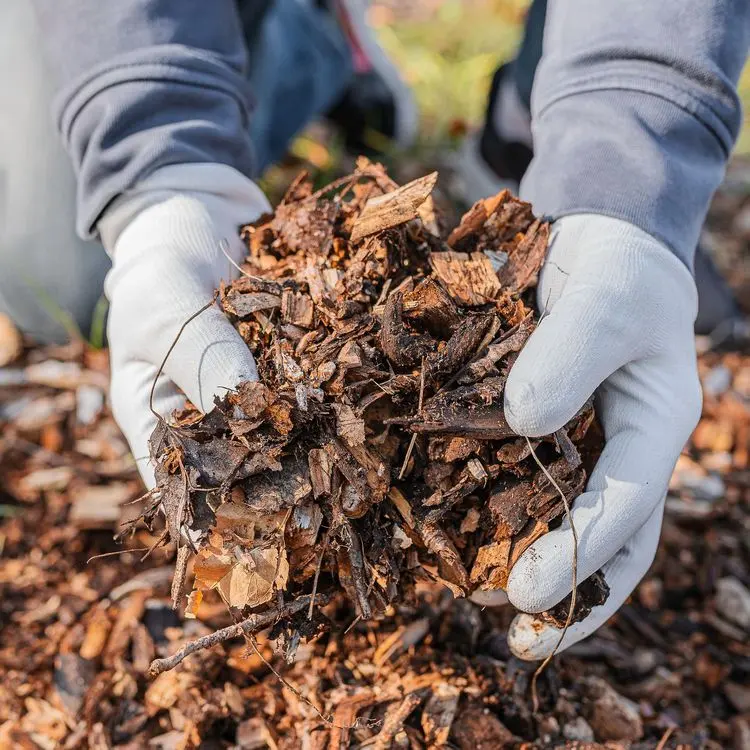
Herbs and leaves make good mulch when applied directly to the garden bed. This is a good way to work with existing beds. It is best to use shredded leaves. You can shred the foliage by piling it up on a freshly mowed lawn and running a mower over it, preferably one that will collect it. Some mowers allow you to increase the cutting height, which is another way to keep perennial weeds or seeds from getting into the leaf mulch. Then spread the shredded leaves in a thickness of about 6 – 15 cm on beds. Keep in mind that some plants don’t like moisture around their stems, trunks, or crowns.
Utilize the foliage: compost it
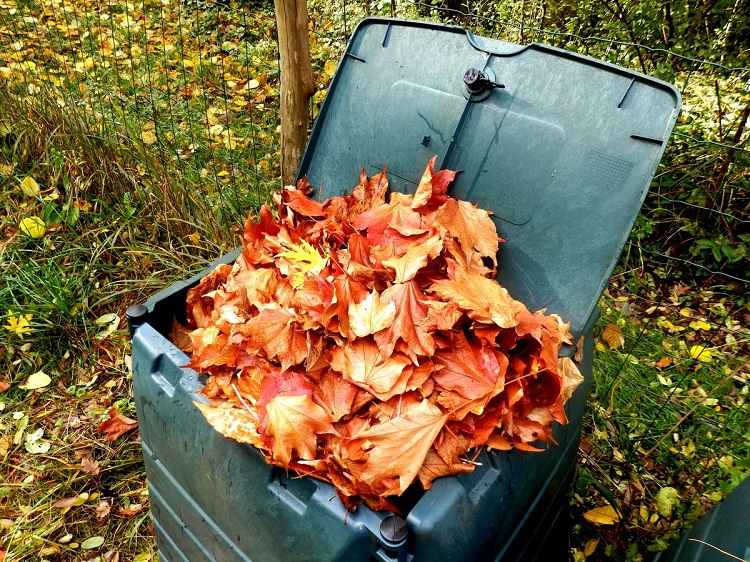
The fall leaves make an excellent brown or carbonaceous part of the compost pile mix. Note that foliage takes time to decompose, so don’t pile them up in big piles. Create layers with a mixture of leaves and the last grass clippings, mixed with the usual compost ingredients. If you shred the fall leaves, they will compost faster.
Cover the pile with an old carpet to keep the heat in and the rain out. Aerate the pile every now and then with a garden fork and by spring you’ll have a perfect garden compost.
Fall leaves for your lawn
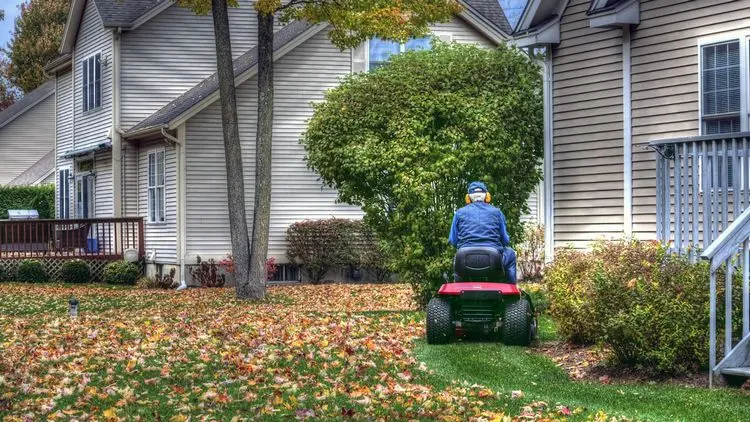
You can simply mow the leaves into the lawn. A fine layer of chopped leaves will decompose over the winter and be worked into the lawn by earthworms. The mix of nitrogen-rich grass clippings and carbon-rich foliage makes a perfect, nutrient-rich lawn forage that will liven up your lawn in spring.
Set your lawnmower on high and turn off the grass catcher to shred leaves into a fine mulch that will improve your lawn for next year. Mow every week to create a fine mulch.
Isolation of soil plants
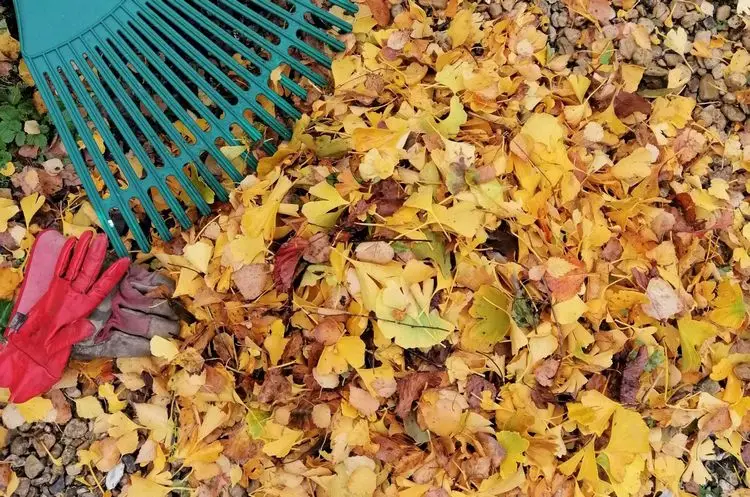
While you know you can use foliage to insulate soil plants, you can also use it to insulate the entire plant. If you have a tender plant that needs a cover during the winter months, build a cage around the plant, add leaves, and allow it to survive the winter. This technique works especially well in cold but not wet climates to keep damp leaves from causing rot on the plants.
Protect and store root vegetables

Fall foliage is a good insulator for hardy vegetables and root crops that are stored in the ground, such as carrots, kale, leeks, and turnips. Cover them and you can harvest all winter long.
If you have a cool, damp spot, you can also store carrots, turnips, and other root vegetables between layers of crisp, freshly fallen foliage. Spray each layer of foliage with water (don’t let them get wet).
Wild animals need the fall foliage
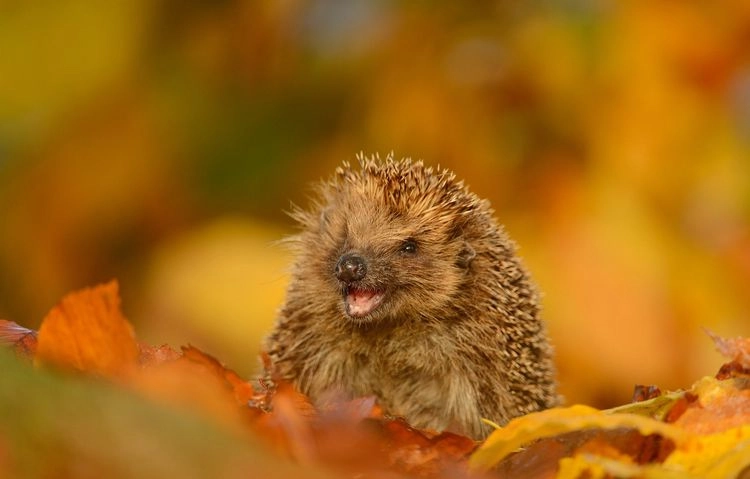
Foliage is not only useful for us humans. Fallen leaves also offer some winter protection to wildlife, especially pollinators. Bees, moths, butterflies, snails, spiders, and dozens of arthropods and pollinators hibernate in dead plant matter to protect themselves from cold weather and predators. Mating queen bumblebees, for example, burrow only 3 or 5 cm into the ground to hibernate, relying on natural leaf litter to insulate them. Many butterflies also overwinter in pupae or cocoons disguised as dry leaves.
Create a pile or two of leaves and let them rot naturally. Leave the fall leaves whole, do not shred them. Your butterflies and pollinators will thank you.
Leave a bit of fall foliage for the spring and summer months too
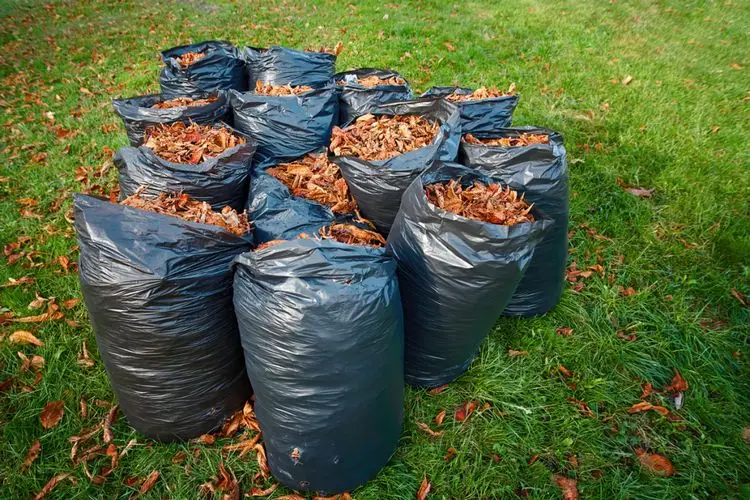
Finding enough brown material for your compost bin can be difficult during the spring and summer months. Keeping them in bags in a cool, dry place will provide you with a bountiful source of brown material for next year.
Fall decoration for your house
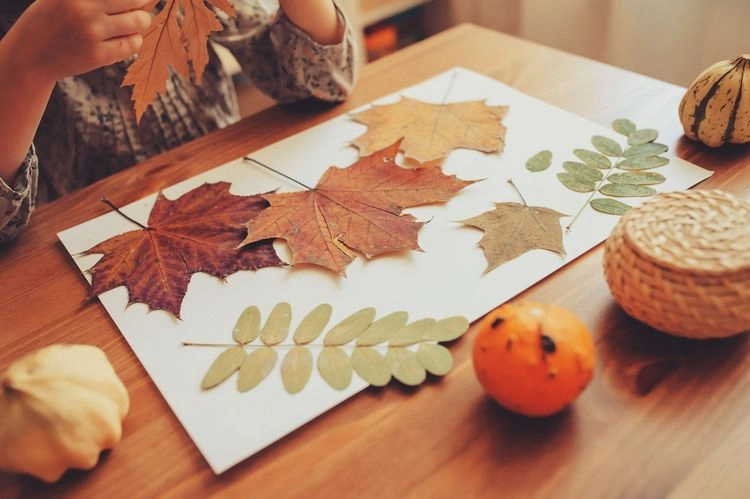
Before the fallen leaves lose their bright fall colors, it’s a good idea to collect and save some of them. You can use them as a seasonal decoration both indoors and outdoors. A quick and easy preservation method is to iron the leaves between two sheets of wax paper. The wax paper encloses and protects the leaves. You can then cut out the leaves and use them as decoration for Halloween, for example.
